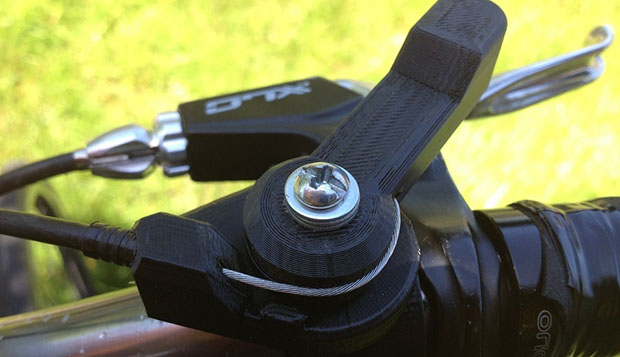
In case you haven’t heard, the Sikorsky Prize, an aeronautical challenge to build a human-powered helicopter that can hover at three meters for a full sixty seconds, has been claimed. This incredibly difficult engineering feat was accomplished by AeroVelo, along with a lot of help from the University of Toronto and a host of companies involved in the design and manufacture of rotorcraft. This prize has stood unclaimed for thirty years, and it’s not from lack of trying; in the 80s and 90s, universities in Japan tried their hand at the challenge, and recently a team from the University of Maryland had a go at it.
But as far as human-powered flight goes, a helicopter is just about the least efficient way to get off the ground. Helicopters need power to provide their own lift and thrust, whereas airplanes only need to generate some forward momentum.
From the bicycle-powered crossing of the English channel in 1979, human-powered flight has come a long way, so far that next the Royal Aeronautical Society will be hosting the Icarus Cup 2013. It’s a competition where teams of human-powered aircraft enthusiasts will compete in challenges measuring distance, speed, endurance, and landing accuracy.
No, it’s not an ornithopter from Da Vinci’s notebook, but human pectoral muscles aren’t powerful enough for that anyway.
Thanks [DainBramage1991] for sending this one in.


















